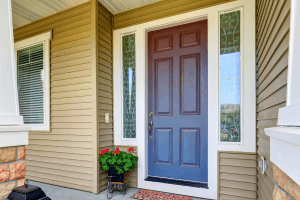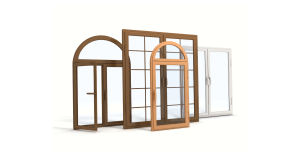Weatherstripping involves sealing any air leaks in an old or drafty house. If done properly, it can cut down on your utility bills – heating and cooling – by more than 20 percent. Weatherstripping your doors and windows not only reduces your energy costs, but also reduces unnecessary wear and tear during harsh weather, saving you thousands in the long run.
There are different types of weatherstripping that can be used to seal irregularly shaped leaks. When choosing a type of weatherstripping, you should first detect the source of air leaks and evaluate your ventilation needs to make sure you have sufficient indoor air quality. Then, you can consider other factors such as weather, wear and tear, friction, and temperature changes associated with the site that needs sealing.
For instance, when weatherstripping a window sash, you must account for the movement of sliding panes – sideways, up and down, or out. Similarly, you need to consider factors such as weatherstripping scratching your floor or getting excessive wear due to foot traffic when applies to a door threshold.
Choose the right product for each location
Some of the common weatherstripping materials include:
- Felt: While it is one of the most cost-effective materials, felt is noticeable, susceptible to the elements, and not as efficient at blocking drafts. But its ease of application makes it a great option for low-traffic areas. For instance, it can be glued, stapled, or tacked around a door or windows.
- Open-cell foam, or non-porous, closed-cell foam: These share the same characteristics as felt and can be placed at the top/bottom of door frames, window sashes, inoperable windows, and attic hatches. They are also great for sealing corners and irregular cracks since you can reinforce them with staples.
- Tension seal (vinyl): Though it is slightly expensive, self-stick vinyl is sufficiently moisture resistant, holds up well, and is invisible. The material is folded along its length to create a V-shape that creates a seal when pressed against the side of a crack, like one inside the track of a sliding or double-hung window or on the top or side of a door.
- Metals: Aluminum, copper, bronze, and stainless steel are not only affordable, but also extremely durable. These properties make them ideal for weatherstripping doors. For instance, they can be fitted onto the bottom of doors edmonton as door sweeps, door shoes, bulb thresholds, or frost-break thresholds.
You don’t necessarily have to settle on any one type of weatherstripping material. You can use different ones for irregular leaks, but prioritize durability when comparing costs to achieve the most savings in the long run.

